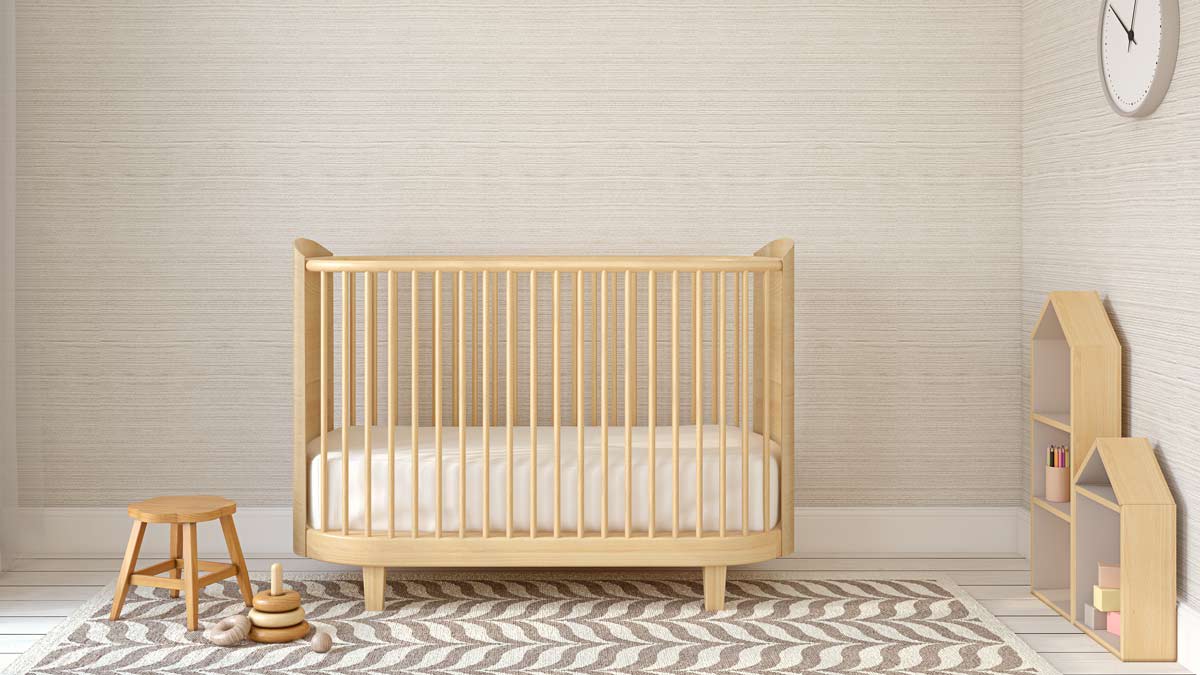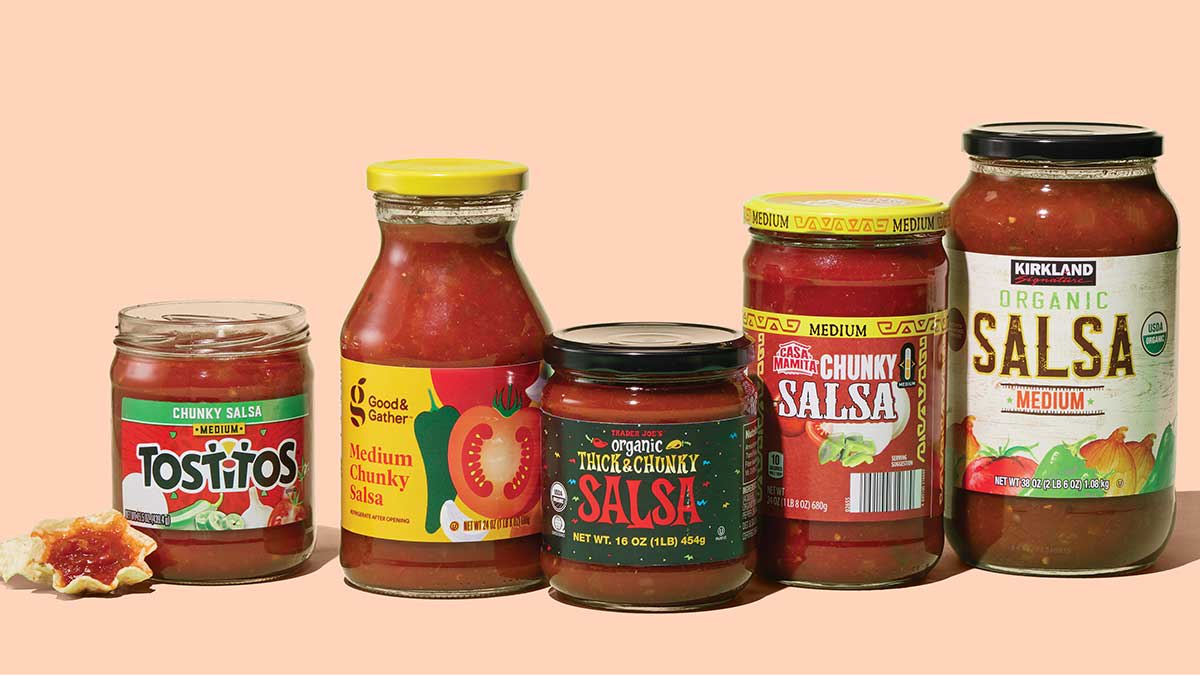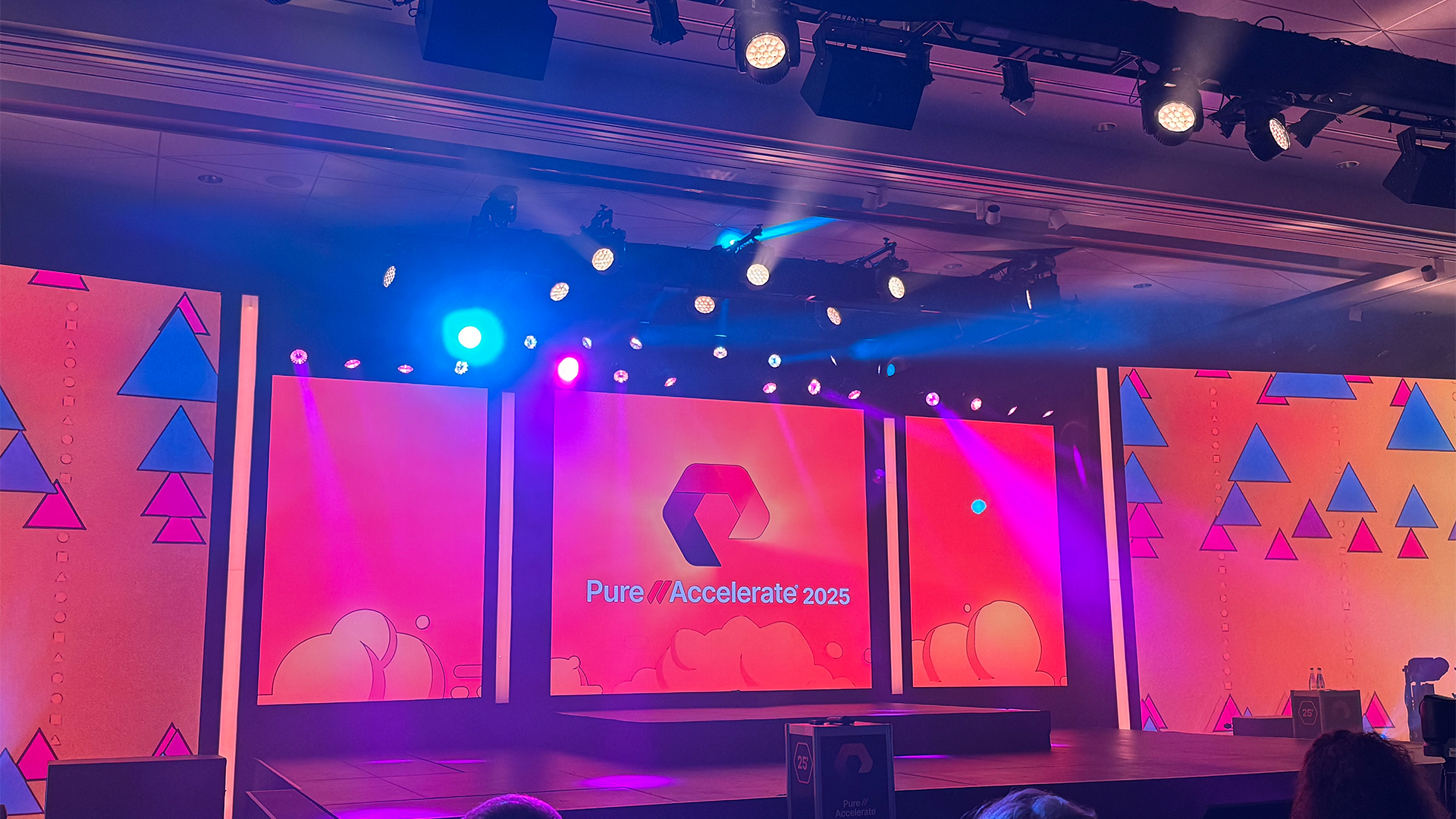Mattresses Can Be Source of Harmful Chemicals in Kids’ Rooms

Finding a safer mattress is “a lot to ask of consumers when the hazards involved are highly technical, invisible, and long-term,” says CR’s Wallace. “Manufacturers of children’s mattresses should make this much easier by immediately removing any chemicals known to be harmful, and by working to give people safer options at all price points.”
Until regulators and manufacturers make these changes, here are some steps you can take to reduce your child’s exposure to harmful chemicals in their sleeping environment.
Choose a safer mattress. Consumer Reports, as part of our ongoing partnership with Made Safe, evaluated 12 crib mattresses to recommend options that are safer for babies. We advise that parents avoid mattresses containing polyurethane foam, flame retardants, PFAS, and vinyl, and seek out ones that have trustworthy certifications like Global Organic Textile Standard (GOTS) and Global Organic Latex Standard (GOLS). Such certifications aren’t an ironclad guarantee that a mattress is perfectly free from concerning substances. But they can be a useful tool for reducing risk.
Take care with mattress protectors and other bedding. A mattress protector may be important to protect your child’s mattress from nighttime accidents and other messes, but—like mattresses—these can also contain plasticizers or PFAS. Be sure to choose a mattress protector that has certifications demonstrating it is free of such chemicals. Or, if your child is older than one, Diamond suggests putting a cotton towel between your child’s sheets and the mattress instead. Be sure to wash mattress protectors, towels, and other bedding frequently, both for the sake of basic hygiene and because these items can absorb chemicals that the mattress may emit, according to Diamond. You may also want to buy children’s bedding in relatively neutral colors, since such bedding is less likely to need UV-blocking chemicals to keep the colors vibrant.
Declutter your child’s sleeping area. While mattresses were the biggest contributor, other items can also be sources of concerning chemicals. For infants, pillows, blankets, bumpers, and stuffies are already a no-go because they pose a suffocation hazard. But even once children are a little older, it’s wise to limit the number of toys and stuffed animals in their sleeping area, Diamond suggests—especially if you’re not sure whether or not they are made of safe materials.
Source link











